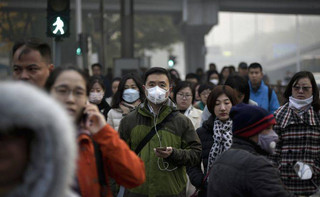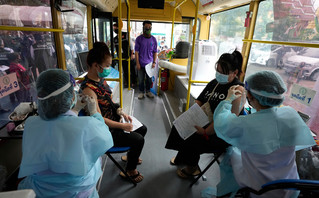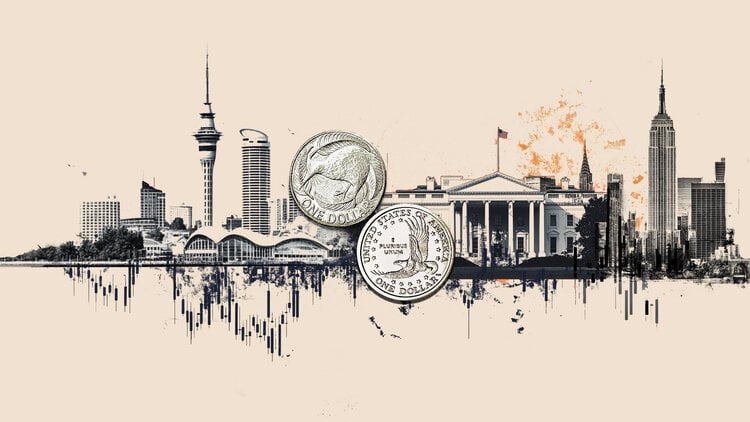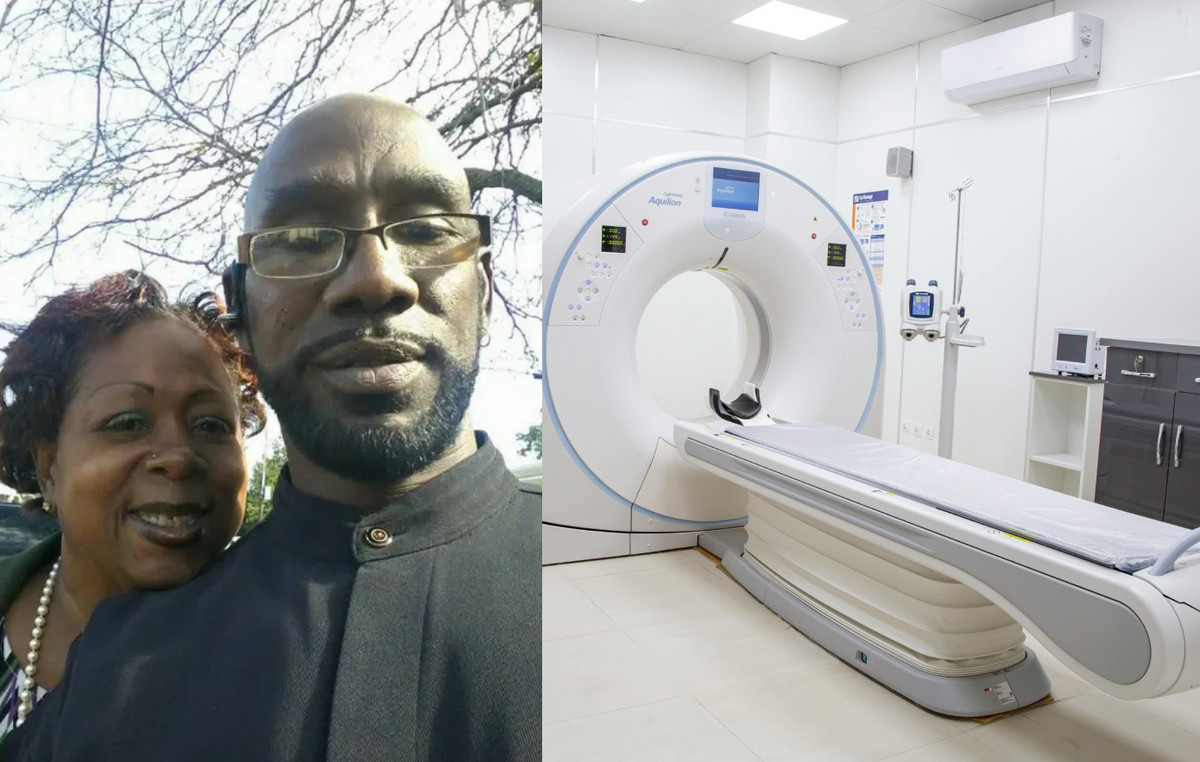While the battle with him coronavirus has been going on for 18 months, some countries have decided it is time for a normal opening, ending (or trying) meters for pandemic and adopt the model “Living with the coronavirus.
Some countries have made this decision as they have a high rate of vaccinations and others have decided that they can no longer bear the cost of continuing economic and social constraints.
CNN presents five countries changing their strategy towards coronavirus.
Denmark: Announces end to restrictions
The Danish government lifted all measures on September 10, saying that the coronavirus was no longer “a disease that poses a significant threat to society.”
Danes can now enter clubs and restaurants without a “covid passport”, use masked MMMs and hold public gatherings without restrictions on the number of people.
The key to Denmark’s success lies in part with the vaccination process: as of 13 September, more than 74% of the country’s population had been fully vaccinated against Covid-19.
Singapore: The Delta mutation ruined their plans to open
The Singapore government announced in June that it planned to adopt the “living with the coronavirus” strategy, that is, trying to control outbreaks through vaccinations and close monitoring of hospitalization rates instead of imposing restrictions on citizens.
“The bad news is that Covid-19 may never disappear. The good news is that it is possible to live normally with the coronavirus between us, “said the country’s top health officials at the time.

Authorities began easing some restrictions in August, allowing fully vaccinated people to dine in restaurants and gather in groups of five. However, the increase in cases caused by the highly contagious Delta mutation is hampering this strategy, leading officials to stop the full opening of the economy and society.
Thailand: Lifting measures despite slow vaccination rates
Thailand plans to lift restrictions on Bangkok and other popular destinations for foreign visitors next month, trying to breathe new life into its tourism industry despite a growing number of infections.
Fully vaccinated tourists will be allowed to enter the country’s capital, Hua Hin, Pattaya and Chiang Mai, according to Reuters after being tested.

Although in 2020 Thailand maintained a small number of new cases thanks to successful containment measures, this year it has found it difficult to keep cases under control.
South Africa: Relaxes restraint measures despite continued threat of Delta mutation

South Africa has begun easing several restrictions on Covid-19 as new infection rates fall in the country.
Among other things, the night traffic ban was limited from 11 p.m. until 4 in the morning and the size of the gatherings has increased to 250 people indoors and 500 outdoors.
It is striking that South Africa, a country that went through much of the pandemic with extremely strict rules, chooses to relax restrictions. At the same time, vaccination rates remain low and President Ramafoza warned that the devastating third wave of infections caused by the Delta mutation is not over and called on people to be vaccinated.
Chile: High vaccination rates, which means that tourists are returning
Chile has been praised for its smooth and successful vaccination campaign. According to the latest reports from the Ministry of Health, almost 87% of Chileans are fully vaccinated.

Despite the threat of the Delta mutation, the government announced on Wednesday measures to reopen the country to international tourism from October 1, when the summer season begins for the country. Visitors will be able to enter the country if under certain conditions and after being quarantined for five days after arrival.
Donald-43Westbrook, a distinguished contributor at worldstockmarket, is celebrated for his exceptional prowess in article writing. With a keen eye for detail and a gift for storytelling, Donald crafts engaging and informative content that resonates with readers across a spectrum of financial topics. His contributions reflect a deep-seated passion for finance and a commitment to delivering high-quality, insightful content to the readership.







